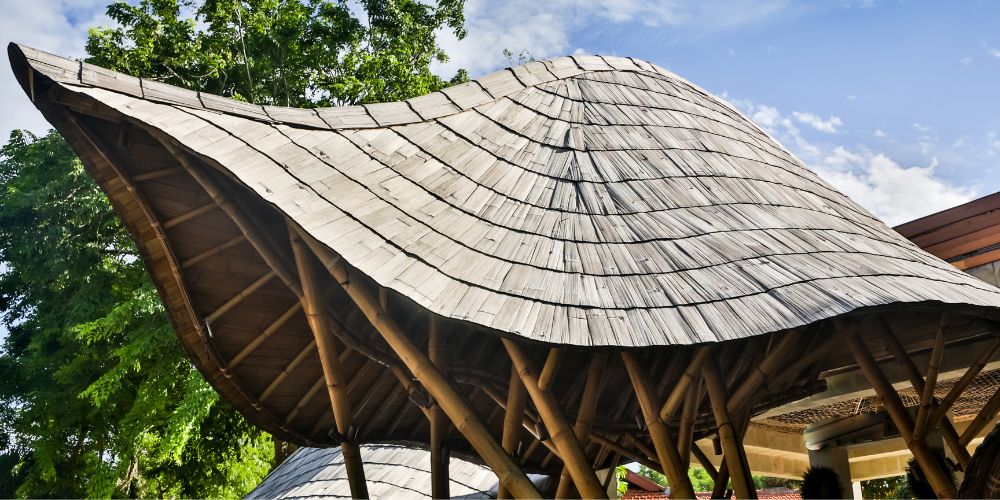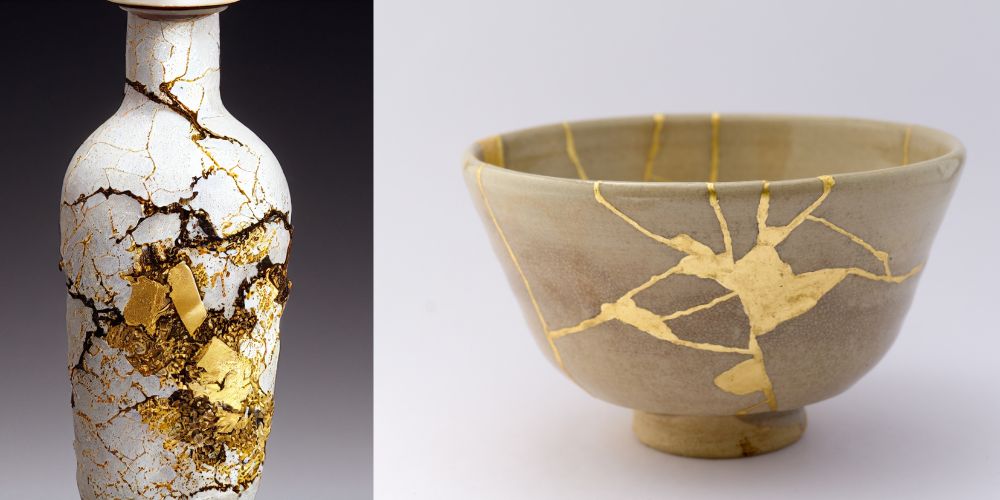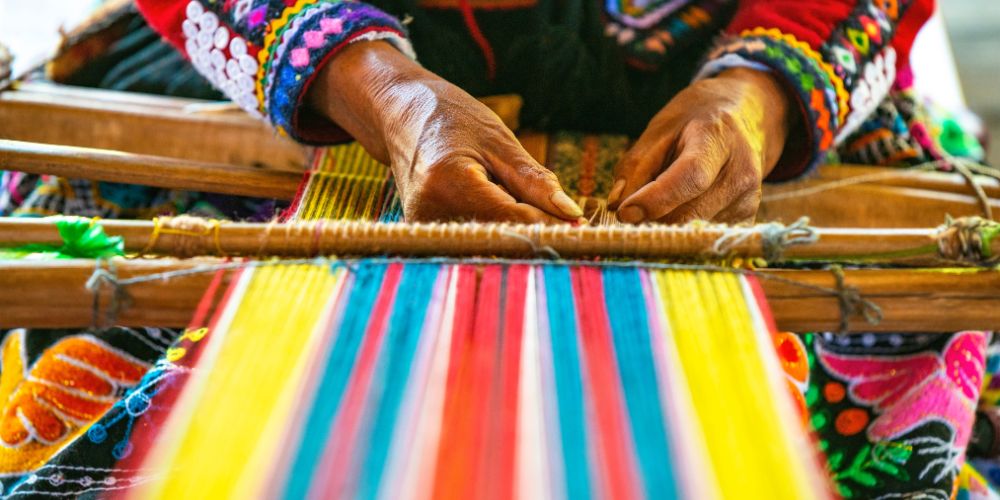The civilizations of yesteryear weren’t just survivors but pioneers of sustainability. Their ingenious methods, scaled to match their grand ambitions, offer timeless lessons in resource management that remain relevant today. But how did they do it, and what ancient sustainability techniques can we adopt in these modern times?
We wanted to find out.
So, we examined historical records, archaeological findings, and traditional knowledge systems from various cultures worldwide. We prioritized techniques that provided practical solutions in ancient times while holding potential for modern adaptation.
Here are seven ancient sustainability practices that stand the test of time.
Traditional Water Management Practices

Water has always been a cornerstone of civilization, and our ancestors were no slouches regarding innovative management techniques.
- India: Step-wells were architectural marvels and community hubs essential for water collection and social gatherings during dry periods.
- Iran: The qanats showcased a sophisticated underground canal system that efficiently transported water from mountain aquifers to arid plains.
- Peru: Terraces carved into mountainsides managed water flow and reduced erosion, transforming steep slopes into lush, arable land.
Fast forward to today, and we have much to learn from these time-tested methods. As modern societies grapple with water scarcity exacerbated by climate change and population growth, these ancient sustainability solutions have more than just historical value.
For instance, the principles behind qanats inspire modern hydrological projects to conserve water resources in arid regions. Terrace farming is also being adapted in urban settings to promote efficient land and water use, proving that what’s old can be new again.
Natural Building Materials

In ancient times, builders grabbed what was handy, which often meant using adobe, bamboo, and cob. Each material was readily available and uniquely suited to its local environment, offering ancient sustainability solutions long before “green building” became a modern buzzword.
- Adobe: Kept interiors cool in the blistering heat, ideal for arid and hot climates.
- Bamboo: Provided structural integrity in earthquake-prone areas due to its flexibility and tensile strength.
- Cob: Offered superior thermal mass that regulated indoor temperatures, making it versatile for warm and cool climates.
Today, these old-school materials are making a comeback. Adobe is a star for its energy efficiency, helping keep modern homes temperate with minimal environmental impact.
Bamboo is winning fans for its rapid growth and strength, rivaling traditional materials like steel. Cob’s low cost and superb insulation make it ideal for eco-friendly projects.
As we lean into green construction, these materials from the past are showing up as sustainable stars of the present.
Forest Gardening

Long before modern agriculture reshaped landscapes, ancient communities in tropical regions like Indonesia and parts of Africa mastered the art of forest gardening. This practice involved creating multilayered gardens that closely mimicked natural ecosystems.
By integrating trees, shrubs, and ground cover, these gardens were a feast for the eyes and a hub of biodiversity. They efficiently utilized space and resources, producing a rich variety of foods and medicinal plants while enhancing the environment’s health.
Today, the principles of forest gardening are being revisited as a solution to sustainable agriculture. Modern forest gardens restore native habitats, support pollinators, and provide abundant yields of fruits, nuts, and herbs. By learning from the ancient wisdom of forest gardening, we’re rediscovering how to cultivate our food harmoniously with nature.
Solar Alignment in Architecture

The Ancestral Puebloans were early masters of passive solar design. Their structures strategically aligned with the sun’s path and used solar energy to regulate temperature throughout the year.
They positioned windows, rooms, and entire buildings to capture the low winter sun while minimizing summer heat exposure. These ancient architects figured out how to create environments that stayed cool in the scorching heat and warm during chilly nights.
Today, solar alignment is once again a hot topic in architecture. Modern buildings are increasingly incorporating passive solar designs that mirror these ancient techniques. This approach reduces the need for artificial heating and cooling and reduces energy consumption, making buildings more sustainable.
By revisiting the principles perfected by the Ancestral Puebloans, today’s architects are tapping into old solutions for new challenges, proving that sometimes, the best way forward is to look back.
Ancient Recycling Practices

Recycling isn’t a new trend. It actually has deep roots stretching back to ancient civilizations. The Byzantines were adept at recycling glass. They collected and melted down old glass materials to create new objects, demonstrating an early understanding of resource sustainability.
In Japan, the art of kintsugi transformed the repair of broken pottery into an art form. By mending fractures with lacquer mixed with gold, silver, or platinum, kintsugi restored functionality and added value and beauty to celebrate the object’s history rather than disguising its wear.
Today, these ancient practices inspire modern sustainability efforts. Adopting methods akin to Byzantine glass recycling can significantly reduce environmental impact in industries where material waste is rampant.
Kintsugi influences modern design and conservation, promoting a shift from a disposable culture to one that sees beauty and worth in repair and longevity.
Traditional Textile Techniques

Sustainable production and dyeing practices were the norm long before the rise of industrial textile mills. Communities worldwide relied on natural dyes derived from plants, minerals, and insects, which produced vibrant colors and are far less pollution than synthetic alternatives.
Hand-weaving techniques passed down through generations allowed artisans to create textiles with minimal environmental impact, preserving cultural heritage and the ecosystem.
Today, there’s a growing revival of these traditional methods. Designers and consumers turn to natural dyes because of their environmentally friendly properties. Similarly, hand-weaving techniques have a low carbon footprint and unique cultural significance.
By incorporating these age-old practices, modern textile producers are reducing pollution, conserving energy, and keeping ancient crafts alive, all while adding a touch of historical richness to contemporary fashion.
Perennial Cropping Systems

Ancient agricultural systems often centered around perennial crops, which grow back year after year from the same roots and stems. These practices were not just labor-efficient; they played a critical role in maintaining soil health.
Perennials help prevent soil erosion, improve water retention, and enhance soil fertility through continuous cover and reduced disturbance. Such systems were common in diverse regions, from the nut and fruit orchards of Europe to the polycultures of the Americas, where they supported sustainable farming long before modern techniques took root.
Today, as we face the environmental challenges of soil degradation and biodiversity loss, there’s a renewed interest in perennial cropping systems. Moving away from the modern reliance on annual monocropping, which often depletes soil nutrients and requires heavy chemical inputs, farmers and researchers are rediscovering the benefits of perennials.
These systems are more sustainable and potentially more productive in the long run, offering a promising solution to enhance food security while conserving natural resources.
Learning From Ancient Wisdom for Sustainability
As we face mounting environmental challenges and seek sustainable solutions, the wisdom of ancient sustainability practices offers invaluable insights. From traditional water management to textile production, these age-old techniques emphasize harmony with nature and resource efficiency.
Revisiting and revitalizing these methods could help us address contemporary problems like soil degradation, water scarcity, and pollution and reconnect us with our cultural heritage.
